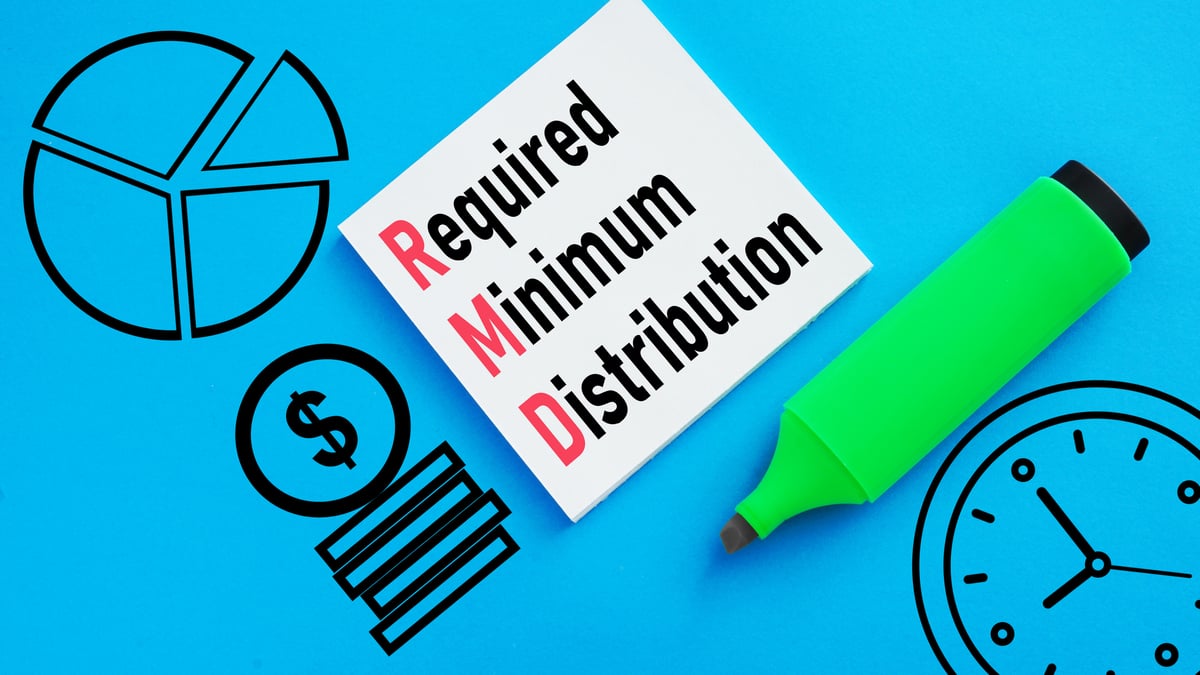Millions of seniors collect Social Security, and without it, they'd be underwater on their bills. But how much income does Social Security actually provide?
At present, the average retiree gets $1,422 a month in Social Security benefits. But because recipients will be getting a 2.8% cost-of-living adjustment (COLA) next year, that figure will rise to $1,461 a month. This means that the average senior will get $17,532 in benefits for the year. And while that's certainly better than nothing, it's hardly enough to live on.
Social Security alone just won't cut it
There's a world of misinformation surrounding Social Security, and perhaps one of the most detrimental myths out there is the notion that the program is enough to sustain seniors by itself. In reality, those benefits will replace about 40% of the average earner's pre-retirement income. For higher earners, it will replace an even smaller percentage.

IMAGE SOURCE: GETTY IMAGES.
Most retirees need closer to 80% of their former earnings to live comfortably. The reason? Most common senior living expenses don't drop drastically in retirement. Many end up staying the same, and some, like healthcare and leisure, inevitably climb. Therefore, to plan to live on just 40% of your former earnings is basically a recipe for financial distress.
Making up for Social Security's shortcomings
While collecting some income from Social Security is certainly better than nothing, working folks today need to realize what limited buying power those benefits will ultimately give them. If you're still gainfully employed, take the opportunity to build or boost your nest egg, because chances are, it will play an important role in dictating what sort of lifestyle you're able to lead in retirement.
Currently, workers under 50 can sock away up to $18,500 a year in an employer-sponsored 401(k), and $5,500 a year in an IRA. If you're 50 or older, these limits increase to $24,500 and $6,500, respectively. Now, many folks aren't in a position to max out a 401(k), or even an IRA, but that doesn't mean all is lost. The key, however, is to save something so that you're not relying on Social Security alone once your career draws to a close.
In fact, if you were to set aside a modest $300 a month over a 30-year period, and invest that money at an average annual 7% return (which is actually a few percentage points below the stock market's average), you'd wind up with $340,000 to your name. If you were to then plan on withdrawing about 4% of your nest egg each year in retirement, which many financial advisors recommend doing, you'd boost your annual income by $13,600 per year. And that, combined with your Social Security benefits, could do the trick in helping you maintain a reasonably desirable standard of living.
Of course, it also doesn't hurt to consider working a few extra years than you initially planned, especially if you are behind on savings. Doing so will enable you to accumulate extra wealth in your nest egg, all the while allowing you to leave your existing savings untouched for longer. At the same time, extending your career might allow you to hold off on filing for Social Security past your full retirement age. And for each year you delay benefits past that point up until age 70, you snag an 8% boost that remains in effect for the rest of your life.
So imagine you're eligible to collect $1,461 a month in Social Security at a full retirement age of 67. Waiting until 70 would boost your monthly payments to $1,811. Now that's not a bad raise.
There's no question that Social Security remains a valuable resource for retirees across the board. Just understand exactly what sort of role those benefits are likely to play in your grand financial picture, and plan accordingly.





